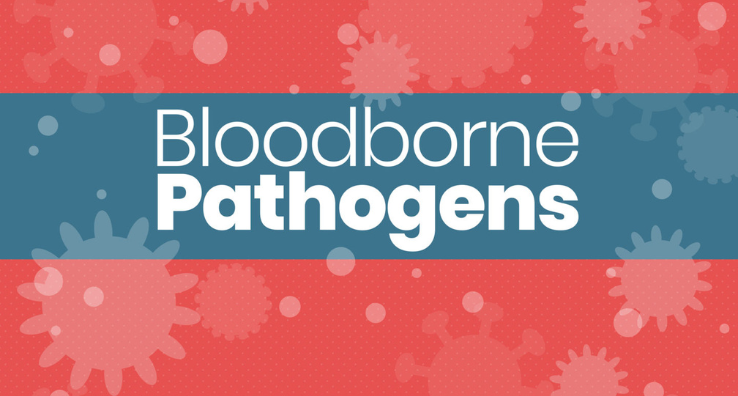How Manufacturers Are Proactively Keeping Employees Safe

During the second installment of our Covid Communications webinar series, Intertek Alchemy joined forces with Julie Keich and Lynn Costanza of Campbell’s Snacks to highlight how one company in the food manufacturing and processing industry is navigating the “new normal”.
Together, Keich and Costanza boast 60 years in food safety and have seen it all – until now. Despite the novelty of this crisis, they are aware that they must continually assess, adjust, and measure their efforts to prevent the spread of the coronavirus.
“We are learning as we go, just like everyone,” says Keich. “In some cases, we’re learning the hard way, making changes as we learn and trying to apply new countermeasures to reduce the impact of those losses.”
Campbell’s decided to take a conservative approach, as they have about 20,000 employees in over 20 plants and throughout multiple states that they intend to keep safe. “We were committed to the idea from early on that it’s going to be employee safety and food safety first, and then everything else falls in line behind that,” says Reich.
Here are a few of the measures they are taking (and continue to tweak):
1. Conducting Health Screenings with Controlled Crowd Flow. “Like many companies, we started out with daily health screenings at all of our locations,” says Julie. They soon realized that they had to crack down on controlled entry and decided to create one flow of entry at each location. “For some of our sites, it was a struggle at first, but we’ve been conducting health screenings for about a month now and I think in large part, they’re going very well,” she says.
2. Asking a series of questions guided by CDC and WHO. In addition to checking if employees are exhibiting symptoms, they also look into second-and third-removed contact. Employees are asked if they have had contact with people who have symptoms or if those people have been in contact with someone else displaying symptoms.
3. Instituting a temperature cut-off. Leaders are also conducting temperature screenings at their warehouse and distribution centers following the question portion. Anyone with a temperature of 100.4 is sent home and asked to quarantine for 14 days.
4. Getting creative in the face of limited resources. Just like most companies, Campbell’s Snacks realized that they did not have enough PPE by way of gloves and sleeves to ensure the safety of leaders conducting temperature checks. They constructed freestanding plexiglass barriers and modified their shipping and HR windows to protect the screeners.
5. Enforcing social distancing. Social Distancing entails big changes with meetings, shift changes, and start times, including:
-
Staggering the start times of shifts to control the workflow.
-
Discontinuing meetings whenever possible.
If a meeting is absolutely essential, employees are asked to attend virtually. Otherwise, they now hold meetings in large workspaces where everyone can be spaced more than six feet apart from each other. The maximum amount of people allowed in a room is 10.
Removing tables from conference rooms and eating spaces to provide more room for people to maintain the required six feet apart.
6. Closing locations from non-essential personnel: visitors and contractors. At this time, only essential workers can enter the building.
7. Physically marking six feet distances. “We’ve marked floors where we know folks are gathering to show them physically where that six foot distance is. Early on, we found that for some folks, it’s difficult to judge what six feet really looks like. So we add those visual cues wherever we can,” Keich adds.
8. Reducing the number of employees whenever possible. Sometimes it’s just not possible to have PPEs or barriers, and in those instances, they are simply cutting down on workers to maximize space between each other. In other instances, employees in the same department are asked to take turns coming into work to reduce the risk of exposure.
9. Elevating the cleaning routine for high-touch areas. Costanza explains that they had to boost their efforts in sanitizing all of their common touch points, such as office restrooms, door handles, locker rooms, and handrails. “Things that people will touch on a routine basis,” she says. They now leave doors open to eliminate the constant touching when opening and closing.
10. Utilizing a bio-mist machine. “It’s a great opportunity to broadcast spray a large area with a plant-based alcohol plant-based type sanitizer,” says Costanza.
11. Empowering employees to self-sanitize. Campbell’s snacks provides employees with sprays and wipes to sanitize any high touch points or tools or anything else that they may be utilizing. They are able to sanitize at the start of their shift, when they take a break, or when they leave at the end of the day, thus building confidence in the safety of their environment.
12. Establishing a response protocol when an employee tests positive for COVID-19. “We also had to establish a process for when people actually get sick at work, when an employee is turned away at the screening point, or when an employee at work finds out that they have been exposed,” she says.
13. Instituting hazard premium pay. To the extent that they can, they are extending premium pay to their workers. “It’s just a little that we can do in appreciation of them continuing to come to work despite their anxiety and fear,” says Keich.
14. Maintaining inventory of supplies. “We took inventory from each location of all of our cleaning, sanitizing and PPE supplies so that we have oversight over the perpetual inventory of all of our supplies,” says Keich.
“If one particular facility runs out of face shields and another facility has inventory, we’re able to help support our facilities across the network while we’re waiting for restock.” This has gone a long way to help backfill where supplies are needed.
It’s been quite an experience for all, say Keich and Costanza. Yet they are dedicated to continue learning and adjusting to keep people safe and operations running.
Any comments or questions on the best practices you read here? We invite you to join our LinkedIn Group, Intertek Alchemy Community Connections, and post them there. It’s a gathering place where you can connect with other industry leaders and share best practices, seek guidance, and feel a sense of unity with your peers as we navigate this crisis together.





